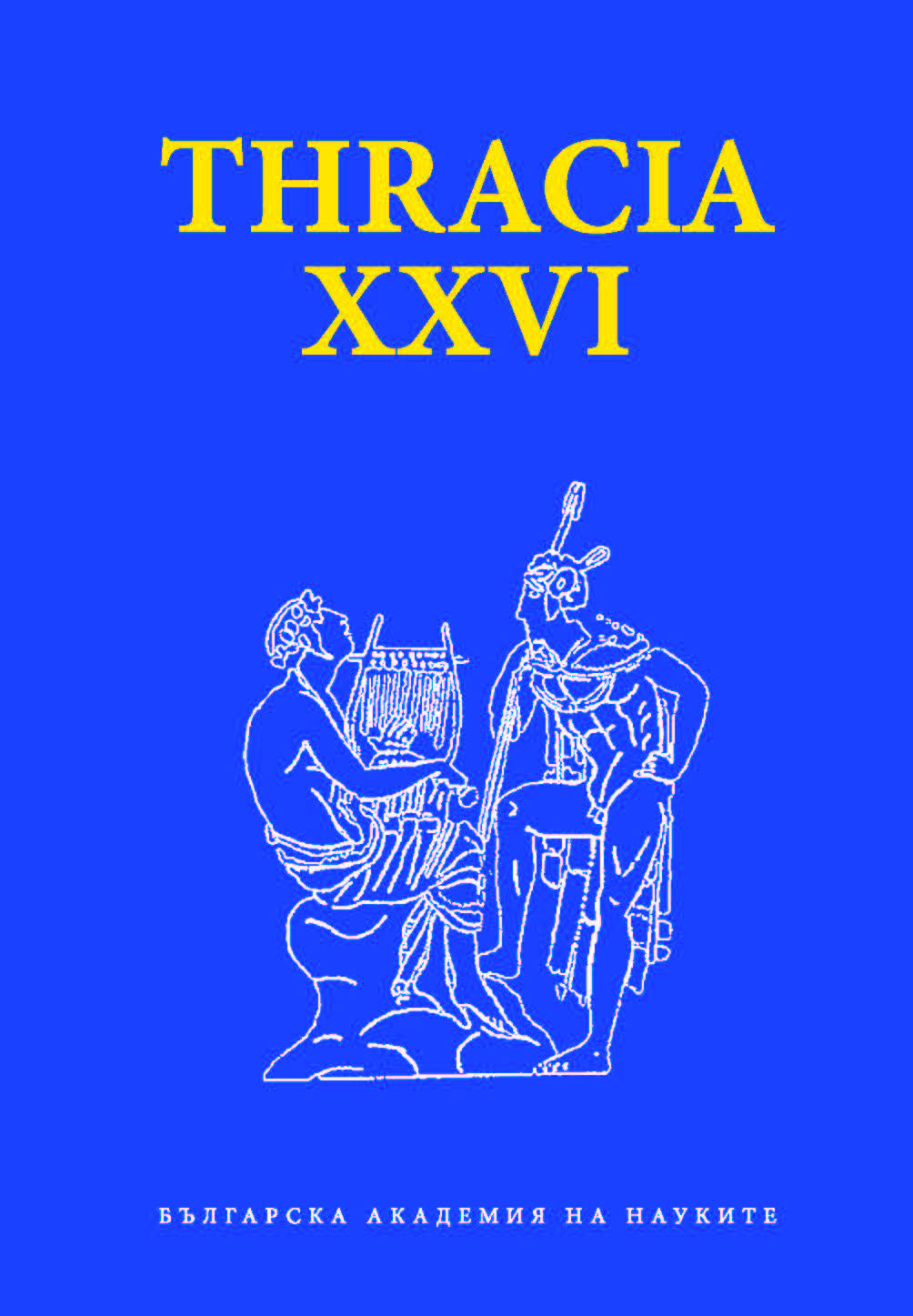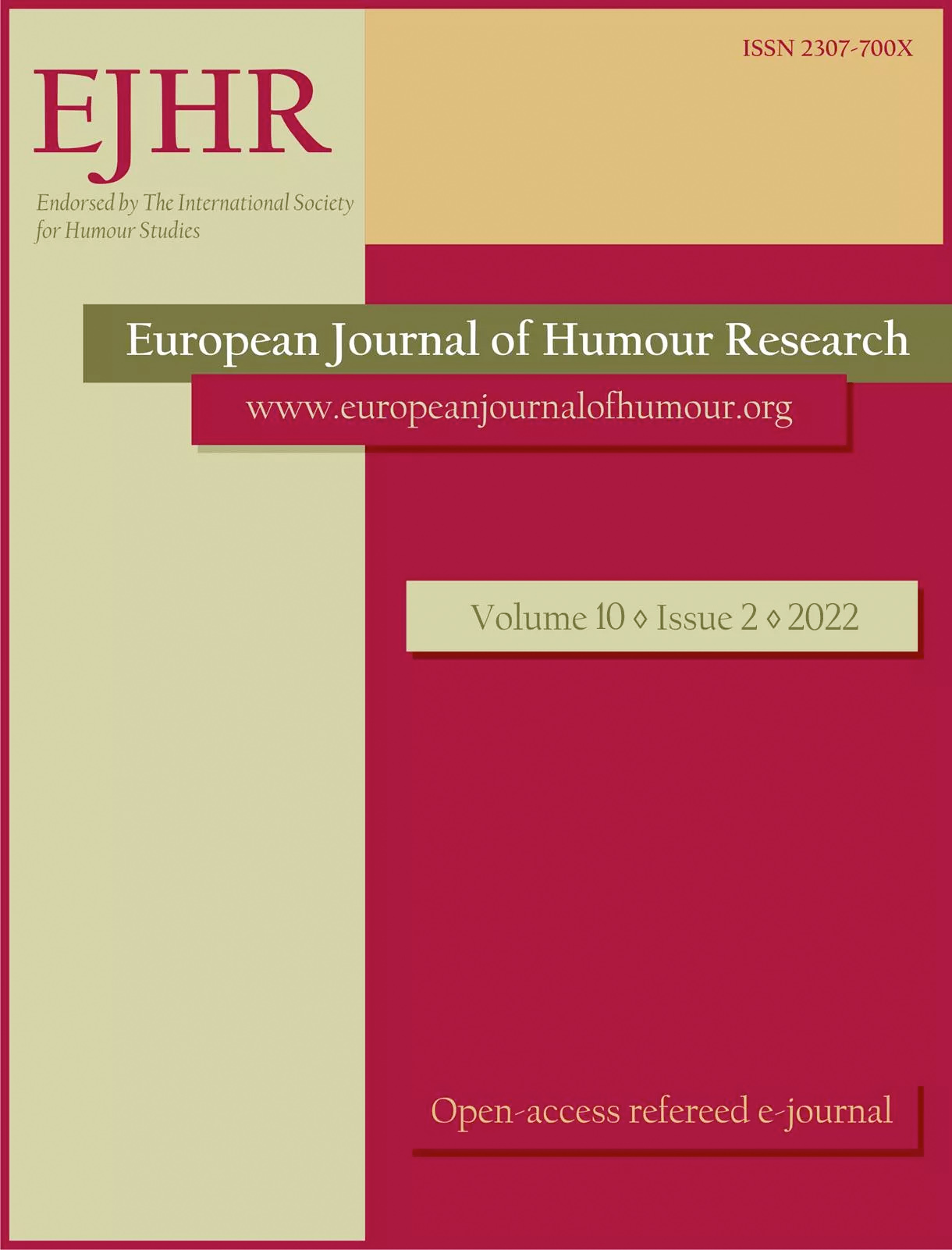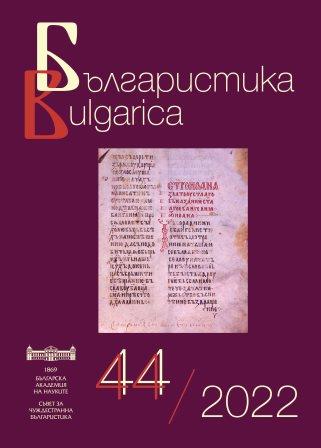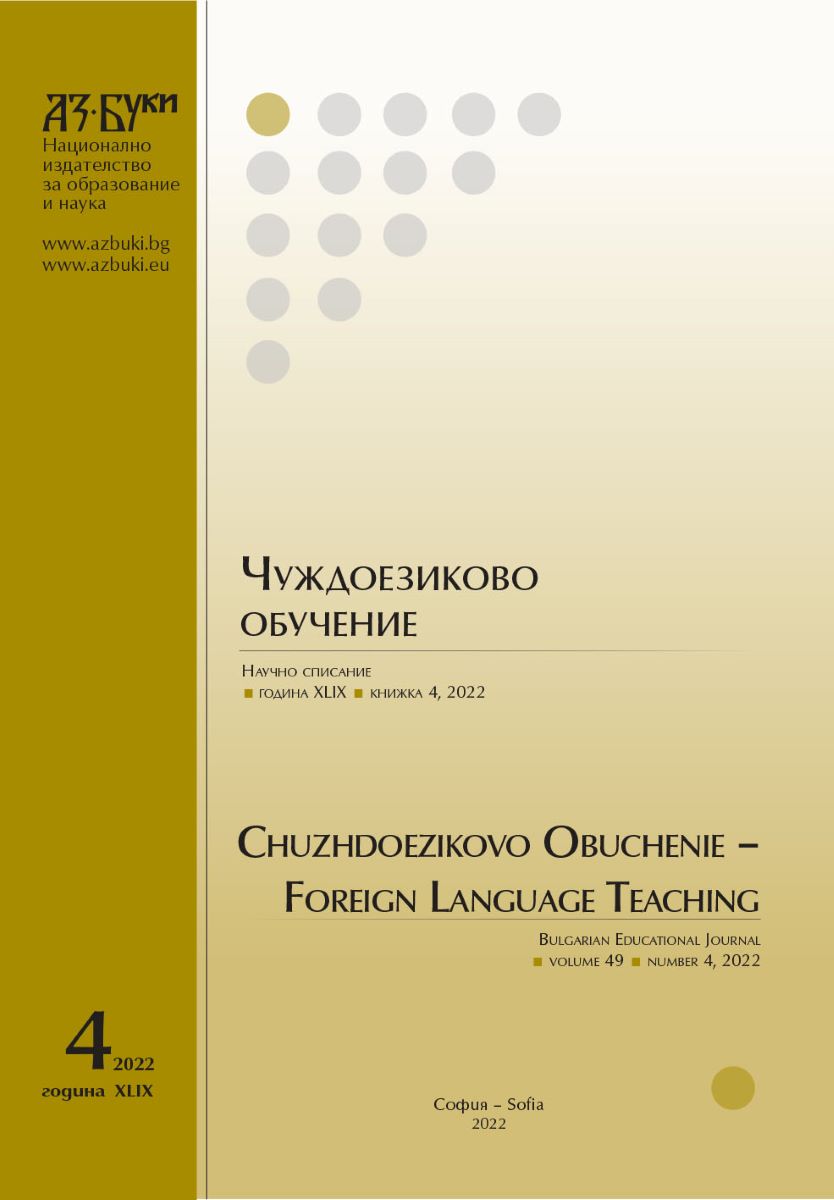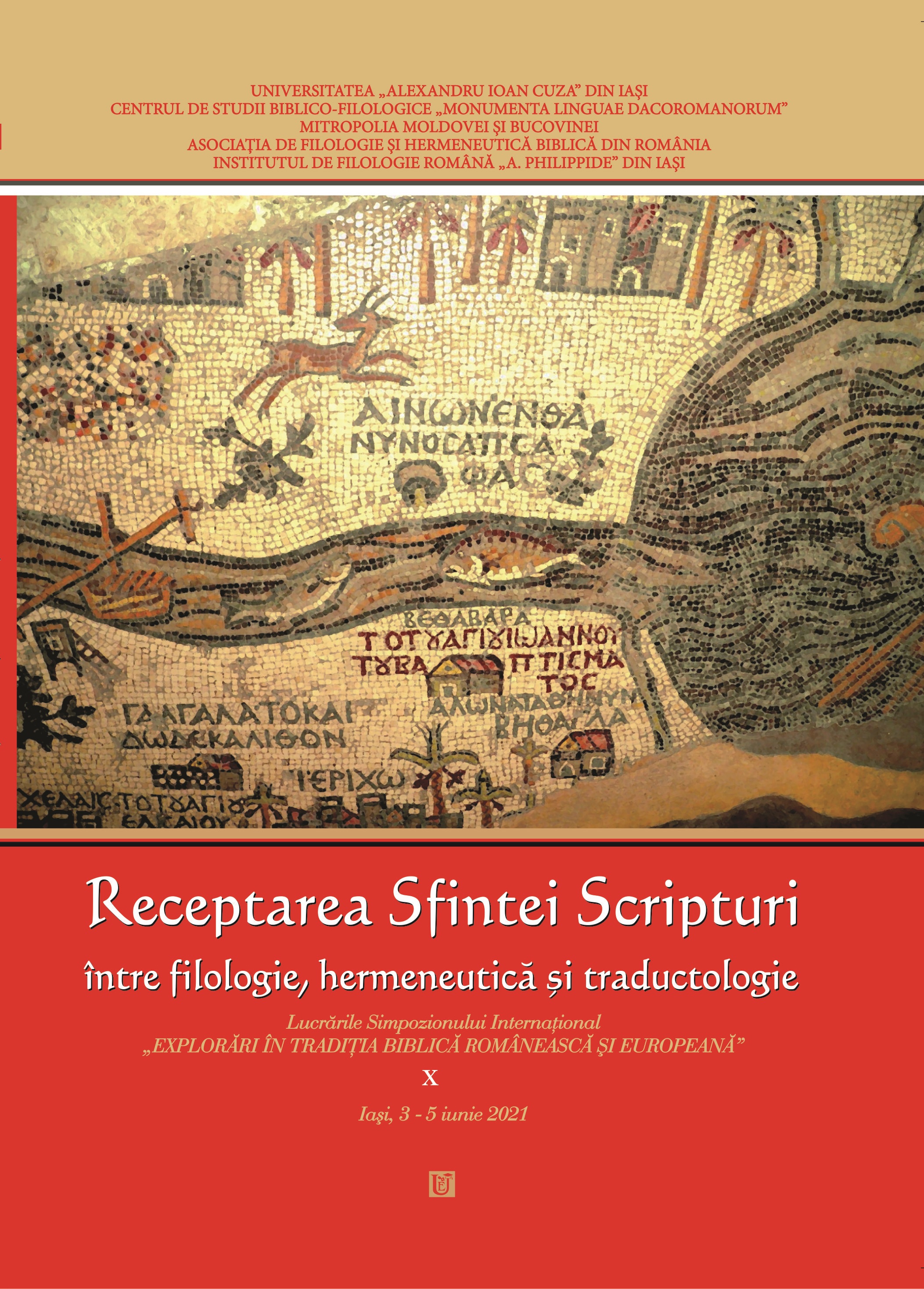
Lectură și interpretare a Bibliei în romanul „Muncile lui Persiles și ale Sigismundei” al lui Miguel de Cervantes
In this study, we propose the analysis of a series of biblical quotations in the last Cervantine novel in order to identify the role that these could play in highlighting the meanings of the book and in the narrative strategy of the author.
More...
